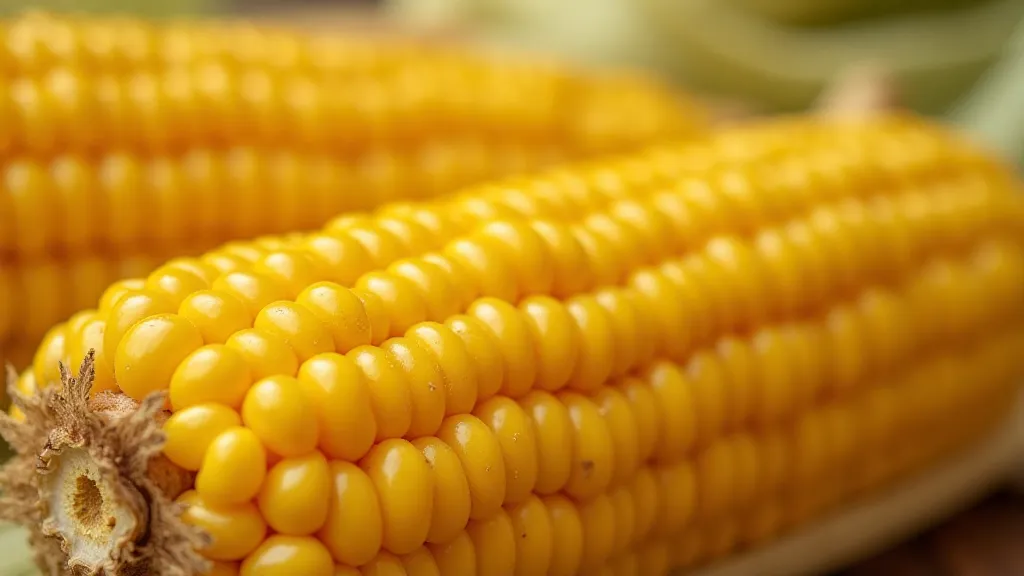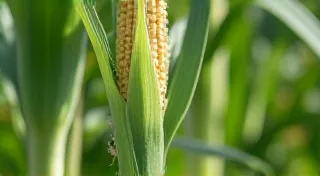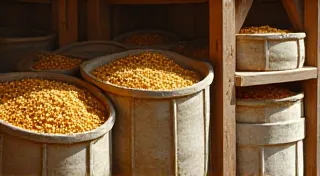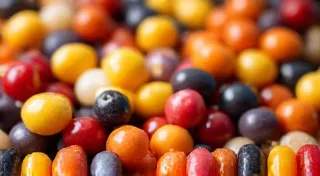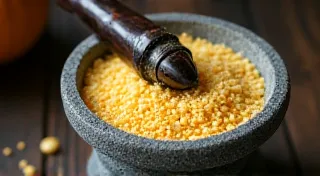Pest and Disease Control for Heirloom Corn
Growing heirloom corn is a rewarding experience, bringing both delicious harvests and a connection to agricultural history. However, like any crop, heirloom corn is vulnerable to pests and diseases. While heirloom varieties are often more robust than their modern counterparts, proactive and preventative measures are essential for a healthy and bountiful harvest. This guide will explore common pests and diseases affecting heirloom corn and offer organic and preventative solutions.
Common Pests of Heirloom Corn
Several pests can wreak havoc on your corn crop. Identifying them early is key to effective control.
- Corn Earworm: These caterpillars bore into the developing ears, feeding on the kernels. Look for signs like wilting tassels and damaged silks.
- European Corn Borer: These moths lay eggs on the stalks and ears, and their larvae tunnel through the plant tissue. Damage can weaken stalks and reduce yields.
- Armyworms: These caterpillars are voracious feeders, stripping leaves and damaging ears. Large infestations can quickly decimate a crop.
- Cutworms: These nocturnal pests sever young corn stalks at the base, often destroying seedlings.
- Japanese Beetles: These beetles skeletonize leaves, leaving a tell-tale pattern of damage.
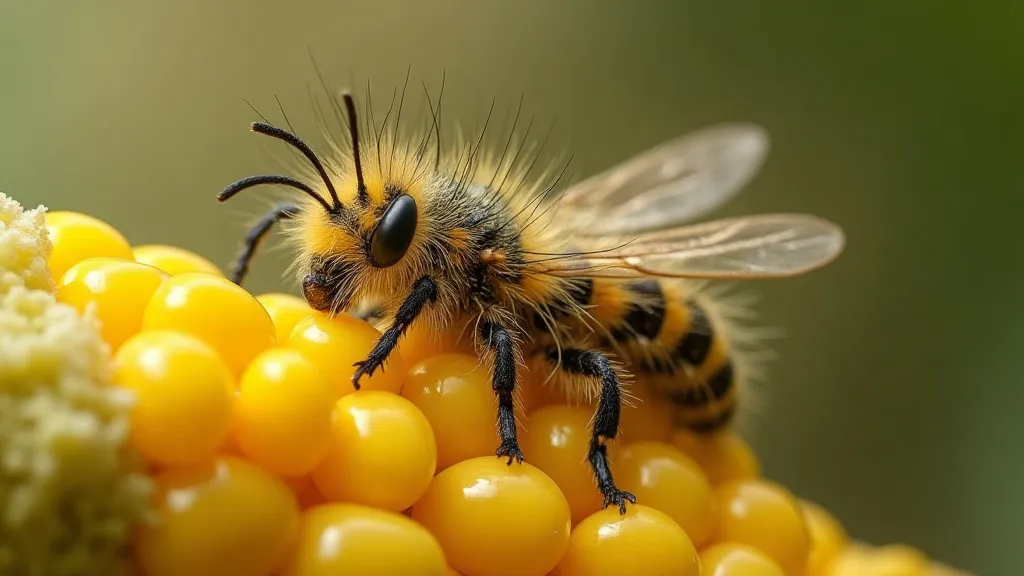
Organic Pest Control Strategies
Fortunately, organic methods can effectively manage many corn pests.
- Crop Rotation: Rotate your corn crop with other vegetables each year to disrupt pest life cycles.
- Handpicking: Regularly inspect your plants and handpick any visible pests, especially cutworms and Japanese beetles.
- Bacillus thuringiensis (Bt): Bt is a naturally occurring bacterium that is effective against caterpillars like corn earworms and armyworms. Apply as a foliar spray when pests are present.
- Neem Oil: Neem oil is a broad-spectrum insecticide and fungicide derived from the neem tree. It can control a variety of pests and diseases.
- Row Covers: Use floating row covers to protect young plants from pests like armyworms and Japanese beetles.
- Attract Beneficial Insects: Plant flowers that attract beneficial insects like ladybugs and lacewings, which prey on corn pests.
Common Diseases of Heirloom Corn
While less frequent than pest problems, diseases can also impact heirloom corn.
- Rust: This fungal disease appears as orange or reddish-brown pustules on the leaves.
- Common Smut: This fungal disease forms galls on the ears and stalks.
- Gray Leaf Spot: Characterized by gray to tan lesions on the leaves.
Organic Disease Control and Prevention
Prevention is the best defense against corn diseases.
- Select Disease-Resistant Varieties: Choose heirloom varieties known for their disease resistance. Research specific varieties before planting.
- Proper Spacing: Ensure adequate spacing between plants to improve air circulation and reduce humidity, which encourages disease development.
- Crop Rotation: As with pests, crop rotation can help prevent the buildup of soilborne pathogens.
- Healthy Soil: Healthy soil leads to healthy plants. Amend your soil with compost and other organic matter to improve drainage and nutrient availability.
- Fungicidal Sprays: Organic fungicides like copper sulfate or sulfur can be applied preventatively or at the first signs of disease. Always follow product instructions carefully.
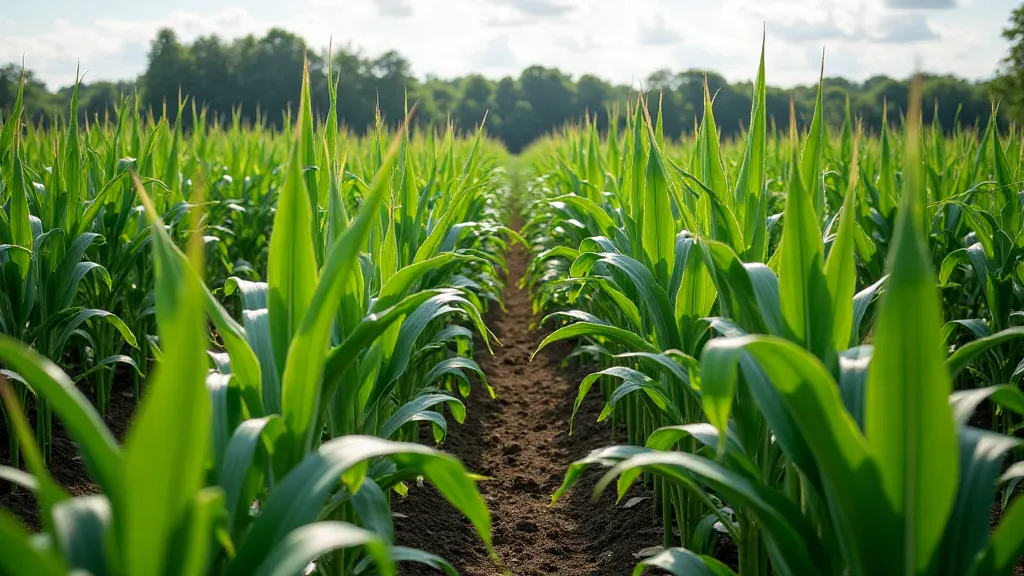
Conclusion
Protecting your heirloom corn crop from pests and diseases requires vigilance and a proactive approach. By implementing organic pest and disease control strategies and focusing on prevention, you can enjoy a bountiful and delicious harvest of these treasured varieties. Remember to observe your plants regularly and address any problems early on to ensure a healthy and productive corn crop.
